


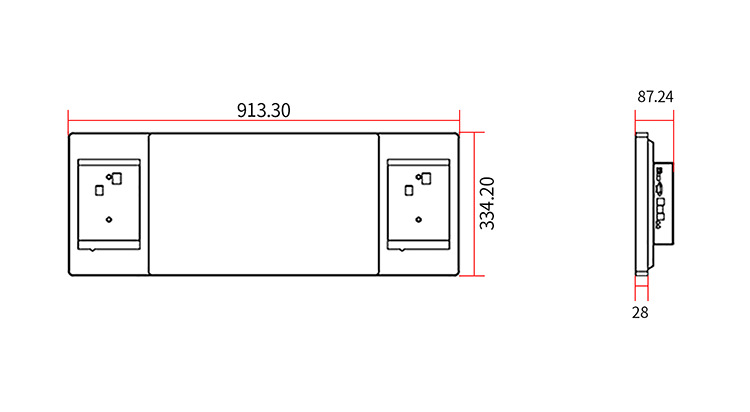
Attendant Console main function
(1)Normally A number of seven (7)operator positions at each OCC (operating control center) shall be provided.
(2)Normally A number of fourteen (14) concurrent user lDs and password login shall be granted at any one time (inclusive of Standby OCC), and the final number of login access at any onetime shall be confirmed during the detailed design.
(3)All operator consoles be provided with the same display and options/facilities for answering incoming calls and serve as a redundant console in the event of damage or malfunction of the other active consoles for the Emergency telephone system to remain functional at all times
(4)In the event that all operator consoles at the Main or Standby OCCs are engaged or before establishment of the call, a prerecorded call-waiting message shall be played to the caller. The messages shall be recorded in English.
(5) On receiving a 'telephone call indication, the operator console may choose to answer the first call in the queue by pressing an acceptance key. The operator also have the option to answer any call in the queue by, for example, entering the call sequence number and then pressing the acceptance key. In either case, pressing the' 'acceptance"key shall establish the communication link immediately.
(6)Additional calls be brought into the display as space becomes available. Unanswered calls be displayed in the order in which they were initiated.
(7)If there are other incoming calls, their corresponding indications shall continue to sound/appear. For all unanswered calls, there shall be indications to remind the operators of such calls.
(8)If the maximum number of incoming calls is being displayed and another incoming call has been initiated, it shall cause a message to flash on the corresponding display of the relevant operator console(s) to indicate that others calls are waiting.
(9)Call clearance shall be done when either the caller or the operator console end the call (i.e. hang up the handset).
(10)Callers shall be able to speak only to operator console and not with users of other Emergency Outstation Telephones.
(11)The Contractor shall propose how incoming calls would be handled and routed to operator consoles for the Engineer's review and acceptance.
(12) M) Each operator console dealing with a call shall be provided with a display indicating the actions available, and with easy means to invoke these actions. These actions shall include, but not be limited to:
i) Monitor and handle all call from any Emergency Outstation Telephone; (ii) Call any Emergency Outstation Telephone; (iii) Hold a minimum of ten (1O) calls; (iv) Toggle between calls in the queue and calls on hold; (v) Be alerted that further calls are incoming/waiting;(vi) Be alerted that there are unanswered calls; (ii) Transfer calls to another console operator; and (vii) Receive fault indications. n) There shall be audible alarms and visual indicators to alert
operators at the operator console to enable quick identification of each calling Emergency Outstation Telephone. These visual indications shall be by means of flashing lights with unique lD or geographical location of the calling Emergency Outstation Telephone. Busy tone shall never be heard at any Emergency Outstation Telephone or any operator console.
(13) shall support simultaneously "hold" a minimum of 10 calls. When an established call is put on the "hold", the caller shall be able to hear a "hold tone".
(14)If the maximum number of incoming calls is being displayed and another incoming call has been initiated, a message flashing on the corresponding display of the relevant console indicates that another call is waiting.
(15)If all operator consoles are occupied, a voice message will be automatically played to inform the caller that his call will be answered shortly.
(16)The incoming call causes all or the specified login operation console to ring according to the accepted call processing design. It allows the operator to specify the operator console to log in based on the geographic location.
(17)The operator console allows the operator to retrieve the suspended emergency call system call even if the call has been interrupted by another operator.
| Body part | Chassis characteristics | Desktop , wall-mounted integrated chassis/aluminum alloy frame |
| Chassis material | Galvanized steel plate aluminum alloy | |
| Chassis size | 913.3*334.2*88mm(with dial,without base) | |
| Surface treatment | Panel black sand paint,black in color,silver on the edges | |
| Spower supply | External support DC 12V 10A power adapter,adapter ACC220V input | |
| Display part | screen size | 21.5" LCD screen - wide viewing angle IPS screen |
| Resolution | Maximum resolution 1920*1080 display ratio 16:9 | |
| Operating temperature | 0-60℃ | |
| Service life | 30000h | |
| Touch part | induction method | Catactive inductive touch screen,USB interface |
| Touch resolution | 4096*4096 | |
| Contact accuracy | ±1mm | |
| Transmittance | 92% | |
| Host configur-ation | Moutherboard | Industrial control board |
| CPU | I5 quad-core processor | |
| RAM | 4g DDR3, Upgradeable to 8G | |
| HDD | 500G,Upgradeable to 1TB | |
| Extension ports | VGA interface,HDMI interface | |
| Sound card | integrated | |
| I/O interface | 1*RJ45, 4*USB,2*phone LAN, 1*AUDIO | |
| SWITCH | Self-resetting switch | |
| Phone Part | Phone parameters | Standard ES280 IP phone 2 |
| OTHER | Built-in Gigabit switch | |
| Software Part | SPEECH CODING | G.711,G.723,G.726,G.729 |
| ECHO CANCELL ATION STANDARD | G.167/G.168 | |
| IP PROTOCOL | IPV4, TCP, UDP, TFTP,RTP,RTCP,DHCP,SIP | |
| DTMF SIGNAL MODE | VOIP SIP Info(DMF),RFC 2833(DTMF) | |
| PROGRAMMING | Programming and configuring non-volatile flash through the web GUI graphical interface |
The attendant console is used in the emergency dispatch system as the overall control room for the dispatch.
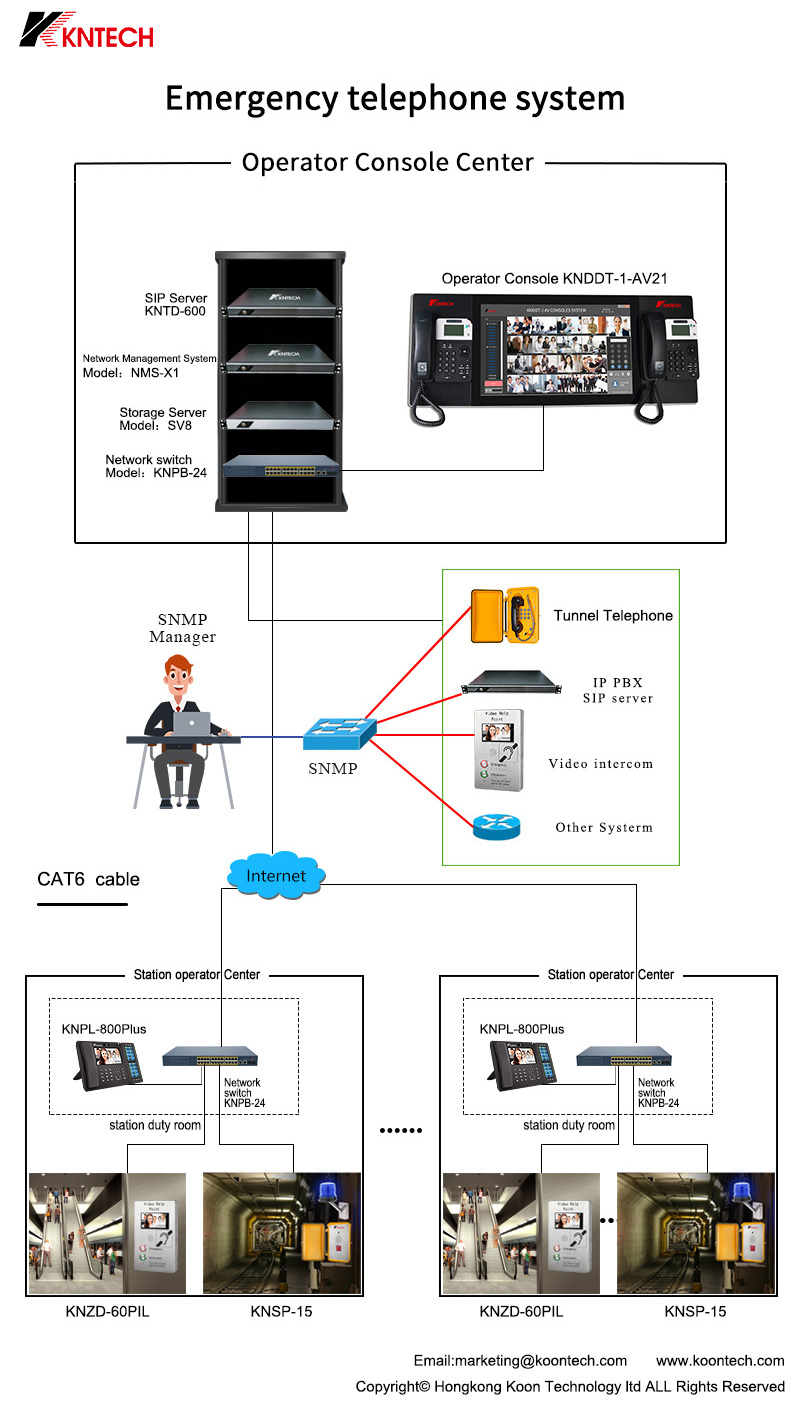
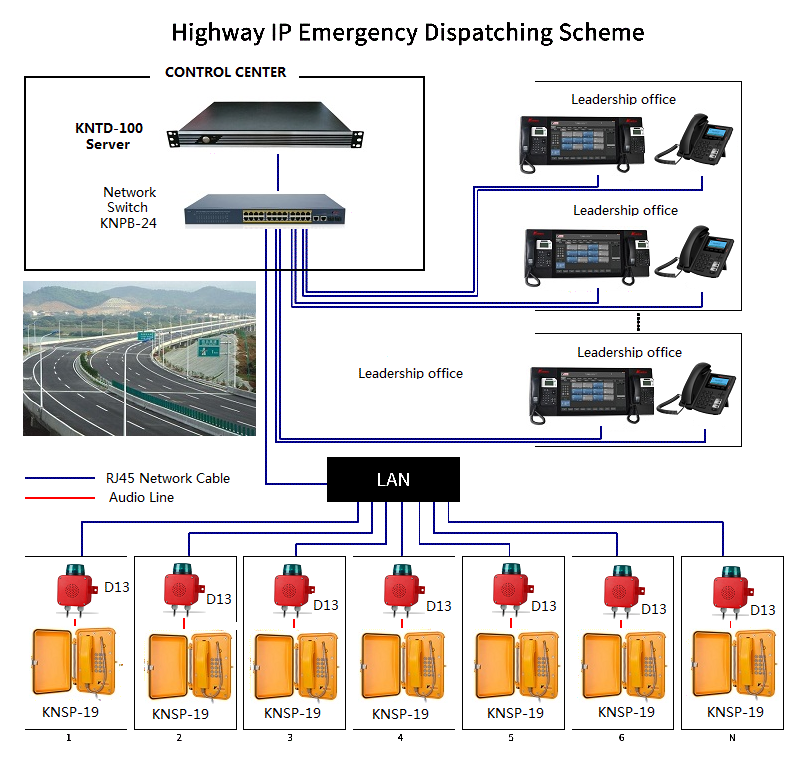
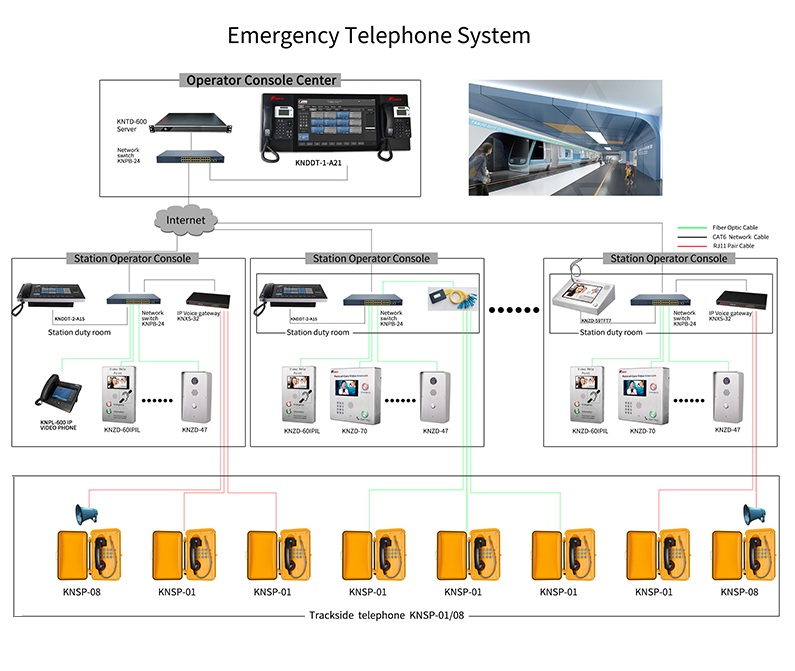

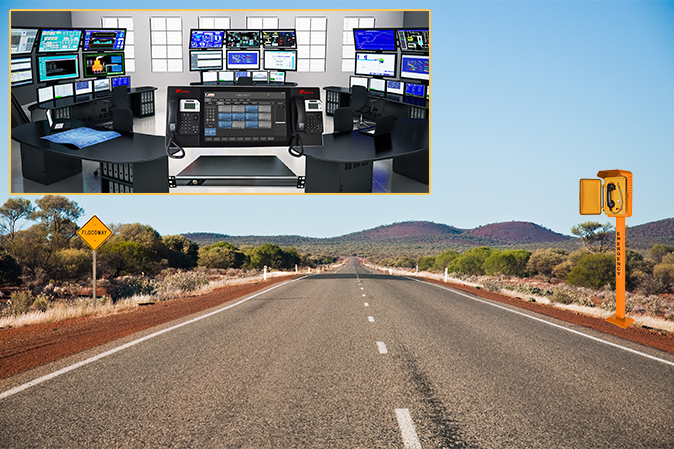
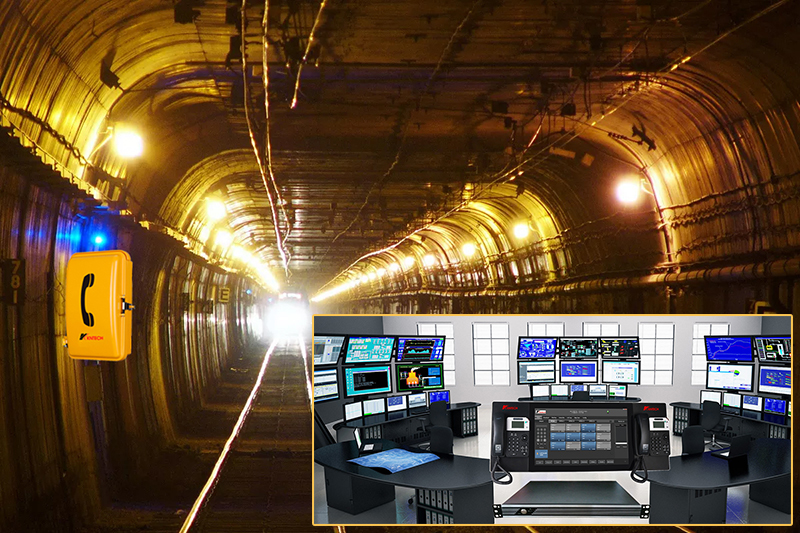

This product model:KNDDT-1-A21

Hans-January 21, 2019-US
Metro project, the entire subway communication is using ip network, buy this attendant console, mainly used for subway emergency help scheduling, convenient and fast, really good.
